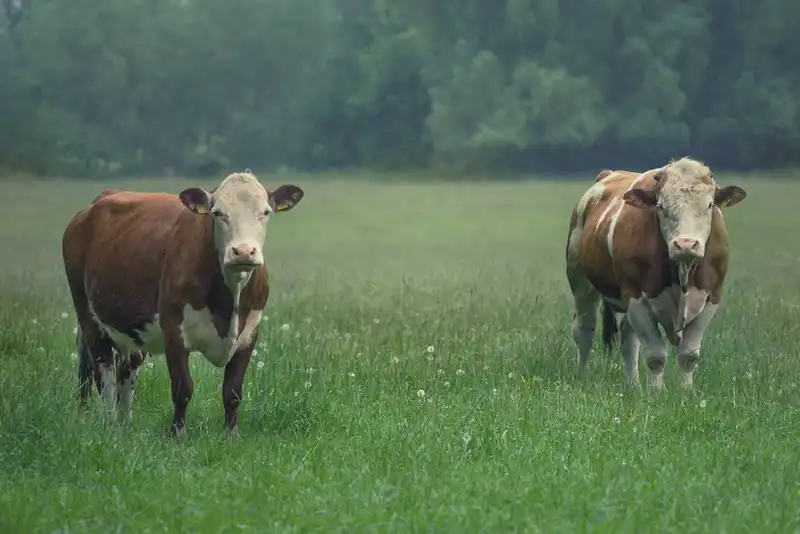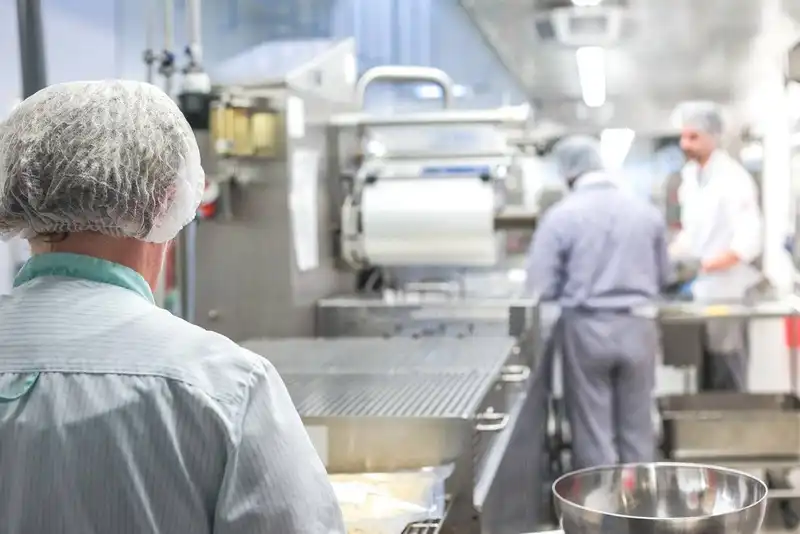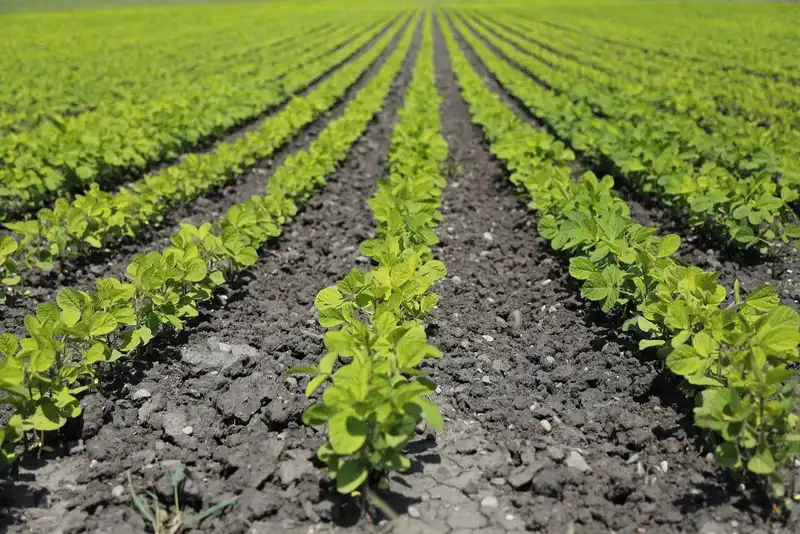The Guide to Food Supply Chains
Food Supply Chain- What is it?
The food supply chain makes up the important stages food items go through before reaching a consumer. Because of the growth the supply chain faces it's becoming a fragmented system leaving a sense of disconnect from the main source of food.
4 Stages of the Supply Chain
The food supply chain is complex and broken down by consumption level meaning whether it needs food processing or not. Food packaging and transportation will also need to be considered.
The easiest way to explain the various stages of the food supply chain is by going over each section starting from production.
- Production- Food supply begins at the production level where food is sourced. The food product is either grown or developed following local and international guidelines. Laws and legislation are also in place to ensure quality, appearance and food safety.
- Handling & Storage- When the product has been harvested it gets prepped with any last minute steps. For example, some potatoes need to be washed before being packed for transportation where others will go right into bags and sent on their way. Still others are sent to a food processing plant where they are turned into chips or crisps. The handling method will depend on the food source and its end destination.
- Processing & Packaging- Food products must meet all food safety requirements before moving onto the packaging stage. Once they have been given the green light they are packed up and sent on their way to the next step in the food supply chain.
- Distribution- Packed and ready the food is then shipped from the packaging plant towards its final destination. Usually the food winds up in markets but it can travel to other segments of the food industry. Most of the time the food products are transport on a ship but some will be travel by air. The distance between producer to consumer is called a "food mil" and is used as a measure of the environmental footprint food production leaves. Also called a "food print."
Why Does Food Supply Chain Matter?
The key to meeting consumer demand for high quality food products starts with a solid food supply chain.It's up to those involved with the food production to ensure the food produced is sustainable, safe, and carries environmental benefits. The goal is to have quality food available at competitive costs so the grocer or restaurant and the suppliers can all maintain profit while keeping consumers satisfied.
Problems arise when raw materials contribute to food waste during some part of the supply chain process. The majority of food processing meets the expectations of consumers but some incidents are still reported. This can negatively impact food supply chain performance by recalls being issued.
Having food management in place to examine each area of the supply chain will regulate any food loss and waste. This type of management will oversee quality and safety of all the food products through their journey in the supply chain.
Food inspectors have the responsibility of locating a possible contamination on the food. Once they pinpoint the source they can pull it before it results in a loss of food product and subsequently profit. A well managed food supply chain will deter problems from arising and causing loss down the line.
The Types of Food Supply Chains
There are 6 models of food supply chains but they all fit into one of two categories- efficiency or responsiveness. All the supply chains contain both elements but the primary focus will be the driving force of the businesses supply chain model.
The 6 Supply Chain Models
- Continuous flow- Offers stability within high-demand production. This model is ideal for food manufacturers who produce food products that don't vary often. Continuous flow is the most traditional of all the supply chain models used.
- Fast-Chain- Manufacturers who work with products that have a shorter life cycle will benefit from fast-chain models. Because of the flexibility of this model it works well with products that are changed out frequently.
- Efficient- In competitive markets the efficient model is the go-to of all the supply chains. It represents an end goal that is at the premium level of competition in the marketplace.
- Agile- When a business deals in specialty items they use the agile supply chain management. This allows movement to be increased in some cases.
- Flexible- The ability to be flexible is a bonus especially in food supply chains. It gives businesses the opportunity to meet their demands with ease.
- Custom Configured- Models that are customized is the focus of this supply chain. The intention is set during during assembly and production. The custom configured model is almost a hybrid of the agile and continuous flow models.
How Does a Food Supply Chain Work?
The global food supply chain is a complex mix of food processing and distribution working together to provide sustainable foods the world over. This food system is an effective solution to keep a fresh food supply readily available to consume without concern for food safety.
Farmers all across the United States produce agricultural food with the main production situated in California and throughout the Midwest. Some of the 50 states have built up local and regional food systems that are robust enterprises. The food from these food systems is sold to residents at farmers markets and restaurants nearby. This is an exception to the inner workers of the main food supply chain.
At the start of any supply chain, the food leaves various farms and begins a complicated journey of processing, transportation, and distribution. Once the food leaves the farm it diverts based on its raw source. The paths aren't always linear. If food is meant to be sold fresh it's usually sent right to packaging. While others will undergo food processing which has its own particulars to follow.
Economic Research data from 2018 showed that U.S. agricultural imports totaled $129 billion, with more than half of that from food products horticultural in nature. On the exporting side, over $140 billion was made. International trade with China and Mexico received the most food from United States exports.
The story of how food supply chains usually follows a straight path from farm to processing and ultimately shipping to a food manufacturer or retailer,
Global vs Local Food Supply Chains

Modern logistics within the global food chain supply highlights the ability to source food from all over the globe. Food is processed, packaged and then brought to supermarkets or grocery stores by truck. Here's a look at the differences between global and local food chains.
- SUSTAINABILITY- If food is from a farmer selling locally or direct to consumers, it often has fewer harmful pesticides with more sustainable means of growing and packaging the food products. However, conventional food producers have extensive land in conservation and use no-till practices.
- AVAILABILITY- Geographic availability is a long standing debate between local and global production. In America, having choices readily available to suit their needs is important to a consumer. However, the simple fact is not everything can be grown and available through local efforts.
- ECONOMICS- The economic efforts of food production can go either way. Local food purchases have a positive effect on the community around them. However, those products are usually sold at a higher mark-up than global production.
- HEALTH & FOOD SAFETY- Whether its grown or sourced locally or globally there are specifications set forth by the USDA Food Composition Database that must be followed. Even though its been said that eating locally sourced food is healthier, research doesn't show any association between the two.
Impact of COVID-19 on Food Supply Chains

During the COVID-19 pandemic the Food and Agriculture Organization (FAO) of the United Nations declared food systems would be challenged in countless ways. The COVID impact was felt in food production, food processing and distribution. Every part of the process from the field to the consumer was impacted.
The restriction for workers and the rising demand from consumers panicked by lack of information saw certain food sources become vulnerable to running out. Closure of food production facilities and restricted food trade policies increased the complications. It forced facilities to change the working conditions with an extra vigilante eye on food safety for both the products and the employees.
Even though the COVID crisis created a great deal of stress on food systems the supply chains were able to make a quick pivot and take action. To date, they have reorganized the supply systems in place to keep food production and distribution continuing.
Some of the same properties remain in place but new regulations are emerging as a response to the pandemic. The complexities of COVID-19 have highlighted the importance of international trading environments remaining open. This allows new resources to become available when the existing ones are depleted.
So far, policy makers have taken many steps to ensure the food supply chains continue to function as normally as possible.
Challenges of Food Supply Chains in the Future

The following are five challenges the food supply chain could encounter in the future.
1. Increased Demand for Traceability
According to OSHA most food borne illnesses begin within the food supply chain. With outbreaks becoming a struggle for the food industry, having transparency between suppliers and retailers is a must when shipments are being delivered.
Food safety regulations must be met each step of the way to deter the spread of viruses. The public is now becoming aware of how contaminated food can cause health problems. Having increased traceability will protect a brand's assets should another outbreak transpire.
2. Improvement to Communications Within the Food Supply Chain
Gaps in communication between supply chain partners can have adverse effects. If bits and pieces of information are lost, it can create havoc upon the chain leading to delays or even food safety hazards. An improvement to communication efforts is high on the list of things to change for the future.
3. The Potential of Food Fraud
Food fraud is a real source of crime within the global food supply. Counterfeit shipping or food products have been used to store illegal narcotics and other goods. This leads to a direct impact on the food supply chain. The problem is so vast that the FDA recently announced a section of the Food Defense division which investigates these sources of food fraud. This has led to more regulations from the FDA causing the suppliers to jump through a lot more hoops to get the product out on time.
4. Lack of Honesty
Hand-in-hand with food fraud is lack of honesty. Fudging numbers and withholding information intentionally to cover up for a mistake has led to bigger problems. Continual communication logs to document multiple critical components of food safety has been discussed as an ongoing implementation to food regulations. This would include transparent records for cargo container locations, temperature readings and possible random food inspection checks. All of the steps will be documented accordingly and used as evidence should the need arise.
With more measures in place to avoid suspect issues it can only help keep food supply chains on track. Professionals working together towards a common goal will see clear through even the roughest obstacles.
Conclusion to Food Supply Chain
Key takeaways about food supply chain management-
- There are 6 food supply chain models and each of them meets a specific need in the food industry.
- Food supply chains are like a flow chart that encompasses all the specific areas of food production. It includes farming, processing, delivering, and the retail sale of food products.
- Communication within the supply chain will help to reduce dangerous issues from occurring.
- Food chain management will review and streamline the actions that make up the process.





